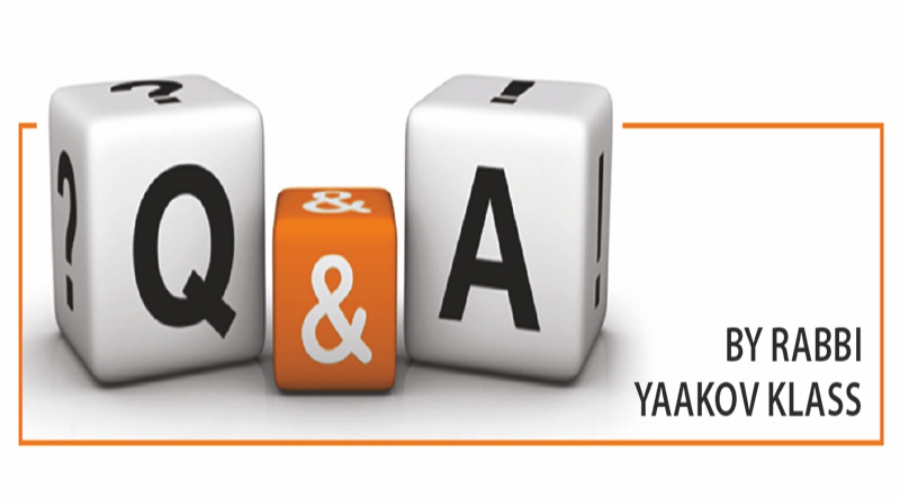Question: What did our sages mean when they said that anyone who resides outside the Land Israel is like an idol worshipper? Is that what all of us residing outside Israel are – idol worshippers?
M. Goldblum
(Via E-Mail)
‘);
_avp.push({ tagid: article_top_ad_tagid, alias: ‘/’, type: ‘banner’, zid: ThisAdID, pid: 16, onscroll: 0 });
Answer: Last week, we noted that the Ramban considers living in Israel a biblical commandment. The Tosefta (Avoda Zara 5:2) says a Jew should “dwell in Israel even in a city where the majority are idolaters rather than in the Diaspora in a city inhabited completely by Jews.” The Gemara (Ketubot 110b) states, “[O]ne who lives in Israel is considered as if he has a G-d and one who lives outside the Land is compared to one who has no G‑d.”
Yet, so many great rabbinic leaders have opted not to move to Israel. Why?
* * * * *
Before the establishment of the state of Israel in 1948, moving to Israel was not always possible. Jews moved to whichever safe haven would take them in. But even after the state’s establishment, many great rabbis did not move to Israel.
After the war, my late rosh yeshiva, Rabbi Avraham Kalmanowitz, zt”l, re-established the Mirrer yeshiva after rescuing that illustrious institution from the clutches of the Nazi beasts, yemach shemam v’zichram. It was re-established in two locations. Rabbi Chaim Shmulevitz, then rosh yeshiva of the yeshiva in Shanghai, China (where the yeshiva had relocated during the war), joined his father-in-law Rabbi Leizer Yudel Finkel, Mirrer rosh yeshiva, who had previously secured safe passage to Eretz Yisrael with a large entourage to found the Mirrer Yeshiva in Jerusalem. At the same time, Rabbi Kalmanowitz re-established the yeshiva in America in the Flatbush section of Brooklyn, NY.
Rabbi Aaron Kotler, who came to America in the middle of the Holocaust, chose to re-establish the Kletzk yeshiva in Lakewood, NJ, as Beth Medrash Govoha. Previously, his father-in-law Rabbi Isser Zalman Meltzer had made his way to Eretz Yisrael and joined Yeshivas Etz Chaim in Jerusalem, where he served as rosh yeshiva. Following his death in 1953, Rabbi Kotler, in an unusual arrangement, became rosh yeshiva of Etz Chaim, retaining both his yeshiva in America and his position at Etz Chaim in Israel. He traveled back and forth between the two yeshivos.
In wake of the near total devastation of the Telshe yeshiva in Lithuania, survivors Rabbi Mottel (Chaim Mordechai) Katz and Rabbi Elya Meir Bloch re-established the yeshiva in Cleveland, Ohio.
Some of America’s other famous yeshivos – like Chaim Berlin, Torah Vodaath, Mesivta Tifereth Jerusalem, RJJ, Ner Yisrael, and Yeshiva University – were founded before 1948, but they did not relocate to Israel after it was founded. Interestingly, for many years Rabbi Mordechai Gifter, the late Telshe rosh yeshiva, wanted to establish a branch of his yeshiva in Eretz Yisrael in Kiryat Telshe Stone.
We should also note that many Chassidic communities – Bobov, Lubavitch, Satmar, Vishnitz, etc. – re-established themselves in America after the war, not Israel. Their Rebbes were truly among the gedolei Yisrael and of such stature that we must address their choice of America over Israel.
(To be continued)
‘);
_avp.push({ tagid: article_top_ad_tagid, alias: ‘/’, type: ‘banner’, zid: ThisAdID, pid: 16, onscroll: 25 });




